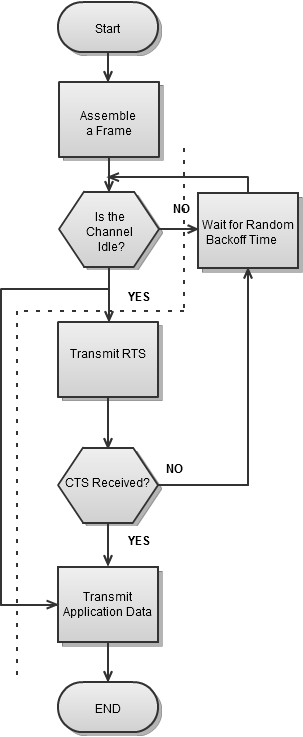CSMA/CD

Short for carrier sense multiple access/collision detection, CSMA/CD is a MAC (media access control) protocol. It defines how network devices respond when two devices attempt to use a data channel simultaneously and encounter a data collision. The CSMA/CD rules define how long the device should wait if a collision occurs. The medium is used by multiple data nodes, so each data node receives transmissions from each of the other nodes on the medium.
There are several CSMA (carrier sense multiple access) modes: 1-persistent, P-persistent, and O-persistent. 1-persistent is used in CSMA/CD systems, like Ethernet. This mode waits for the medium to be idle, then transmits data. P-persistent is used in CSMA/CA (collision avoidance) systems, like Wi-Fi. This mode waits for the medium to be idle, then transmits data with a probability p. If the data node does not transmit the data (probability 1-p), the sender waits for the medium to be idle again. Then, it and transmits the data with the same probability p. O-persistent is used by CobraNet, LonWorks, and the controller area network. This mode assigns a transmission order to each data node. When the medium becomes idle, the data node next in line can transmit data. The data node next in line waits for the medium to be idle again and then transmits its data. After each data node transmits data, the transmission order is updated to reflect what data nodes have already transmitted, moving each data node through the queue.
